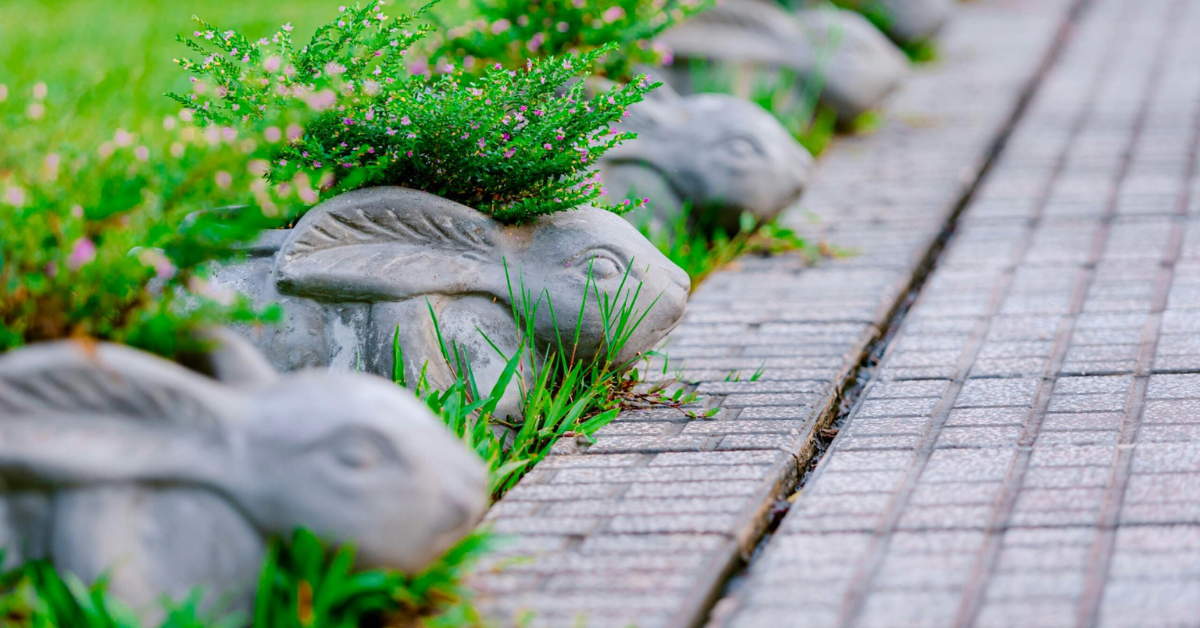Table of Contents
ToggleChoosing the Right Landscaping Stone for Your Garden
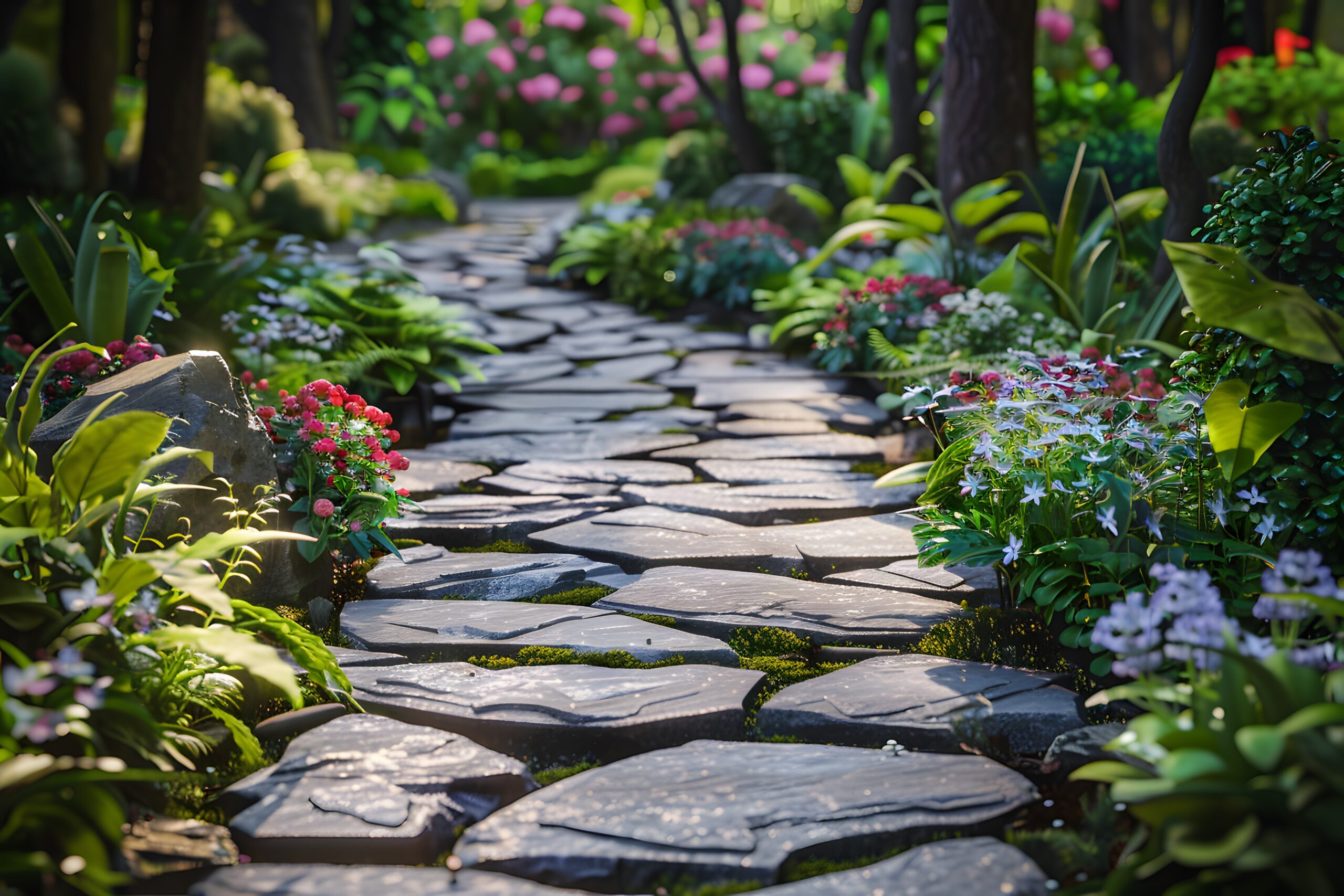
Landscaping Stone Ideas start with your goals. Before you begin, think about how you’ll use the space. Do you need a walkway that handles heavy foot traffic? Want to stop weeds in your flower beds? Maybe you’re after a bold statement with big rocks or a clean line of large landscaping stones. Let your vision guide every choice.
Grab your phone and snap a photo of your yard. Visualize which areas need structure and where you want to draw the eye. When you know what you need, decisions get faster and easier. Match your stone to your climate and maintenance style: prefer low upkeep? Choose rocks and gravel. Want more color variety? River rocks and decorative stone offer plenty of options.
Understanding Landscaping Stones

Definition of Landscaping Stone
Landscaping stone means any stone or rock you use to shape, decorate, or build your outdoor space. This includes gravel, river rocks, big landscape stones, boulders, pavers, and garden stone. Each type serves a purpose, whether it’s lining a walkway, edging a flower bed, or sitting as a feature in your yard.
Benefits of Using Landscaping Stone
Landscaping stones are durable. They handle heat, rain, wind, and snow. They last for years. Stones reduce erosion. Large landscaping stones help protect soil on hills. Pebbles and river rocks let rainwater move through, cutting down puddles and mud. You spend less time on upkeep compared to mulch or other ground covers. Stones also discourage weeds. You don’t need to reapply them every year. They hold color and shape for decades.
Types of Landscaping Stones
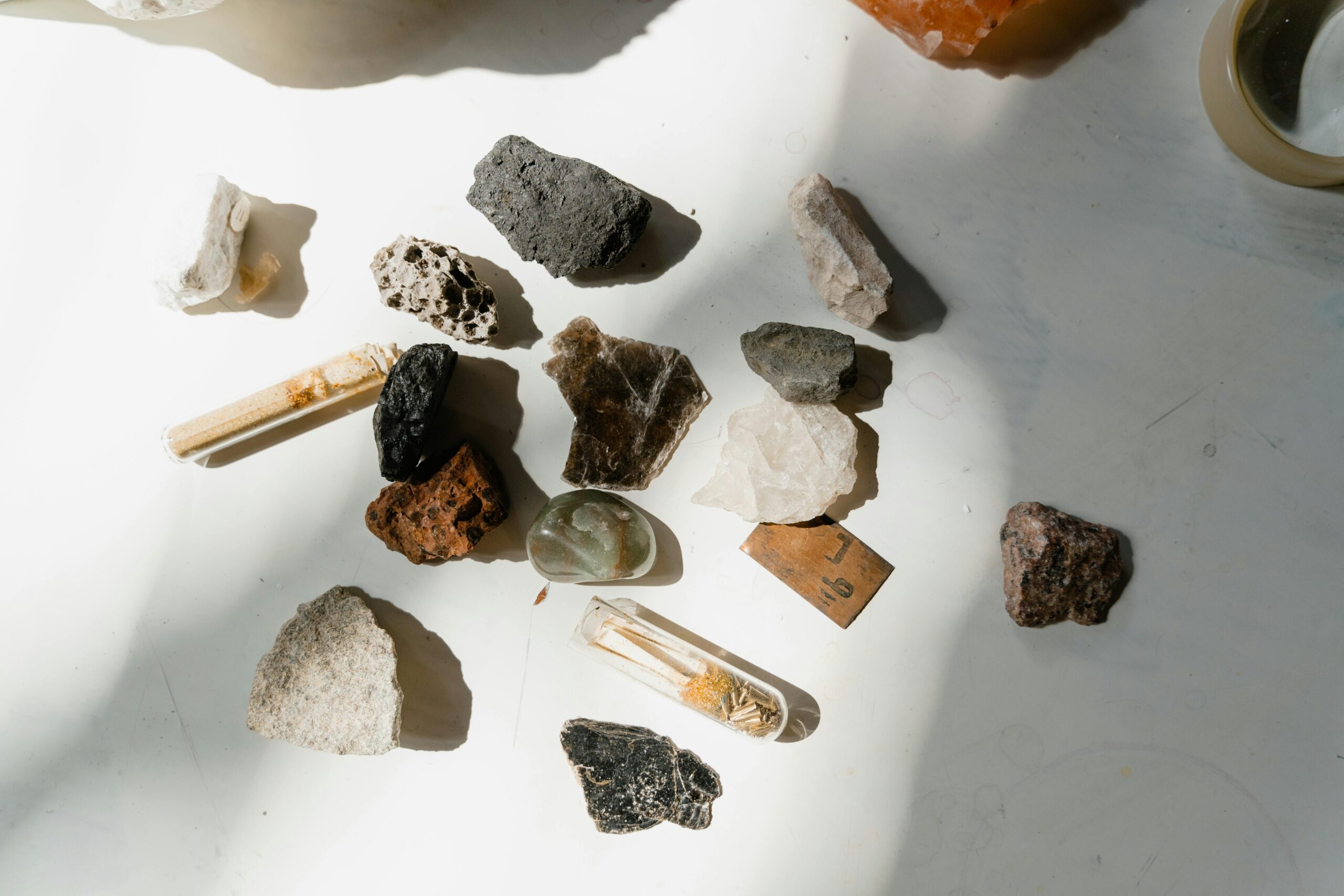
River Rocks for Landscaping
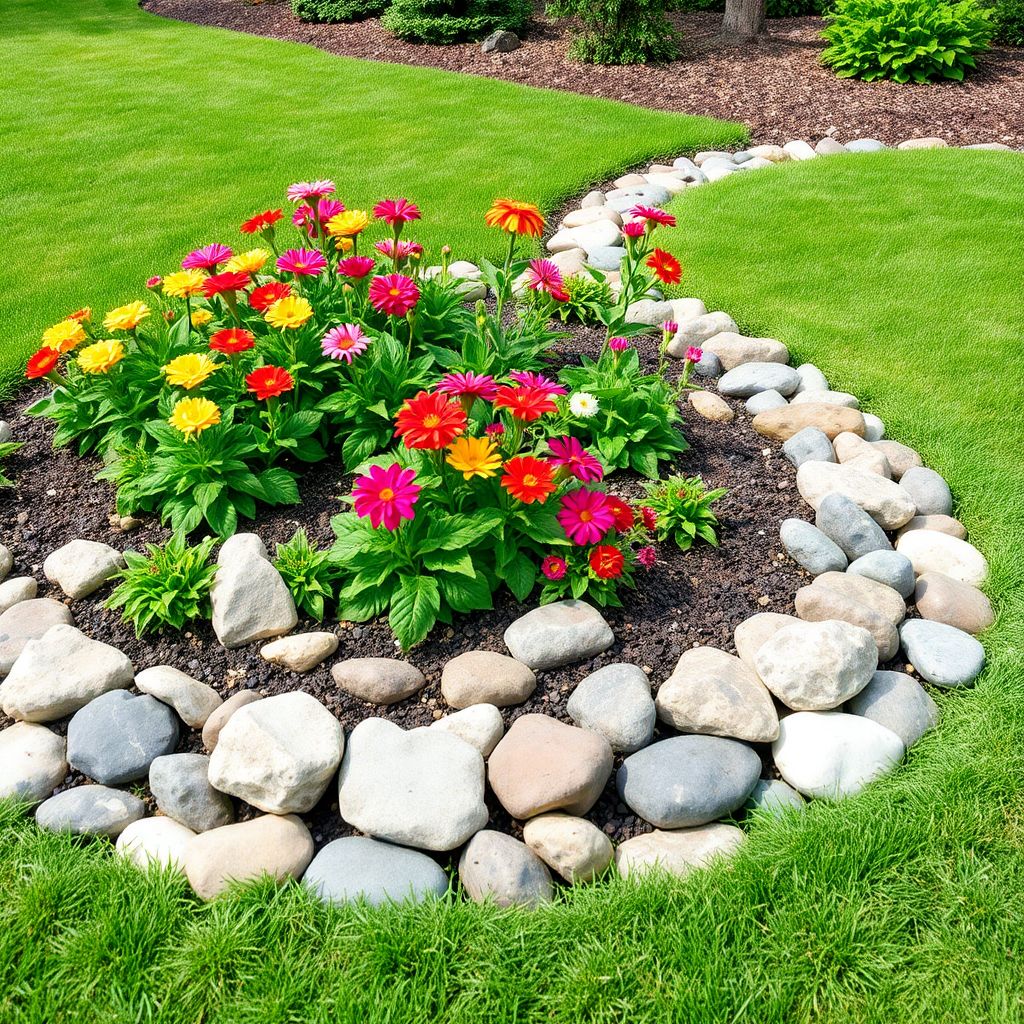
River rocks feel smooth, cool, and natural. You often find them lining streams or ponds, but they work well in city yards too. River rocks for landscaping help define garden beds and pathways. They’re a smart choice near water features or pools. If you want a mix of color and sizes, river rocks fit well. They’re easy to lay and don’t shift much once placed.
Large Rocks for Landscaping
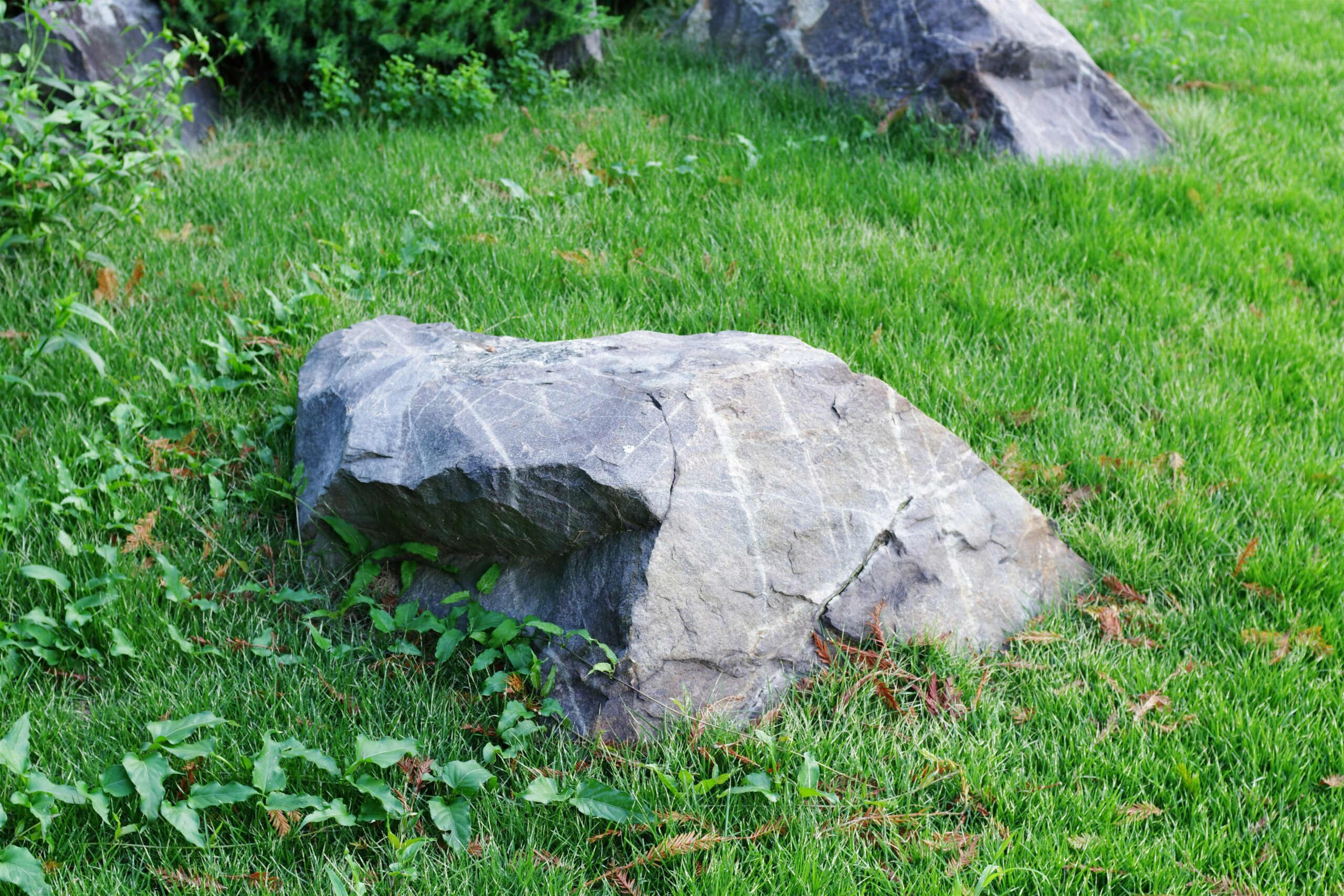
If you want a centerpiece in your yard, choose large rocks for landscaping. These give structure and weight to your garden. Place them in corners, near trees, or as cornerstones. Large rocks help control slopes and divide areas. They won’t move even after heavy storms. If you live in a windy location, big rocks for landscaping offer practical and visual support.
Decorative Stone Rock
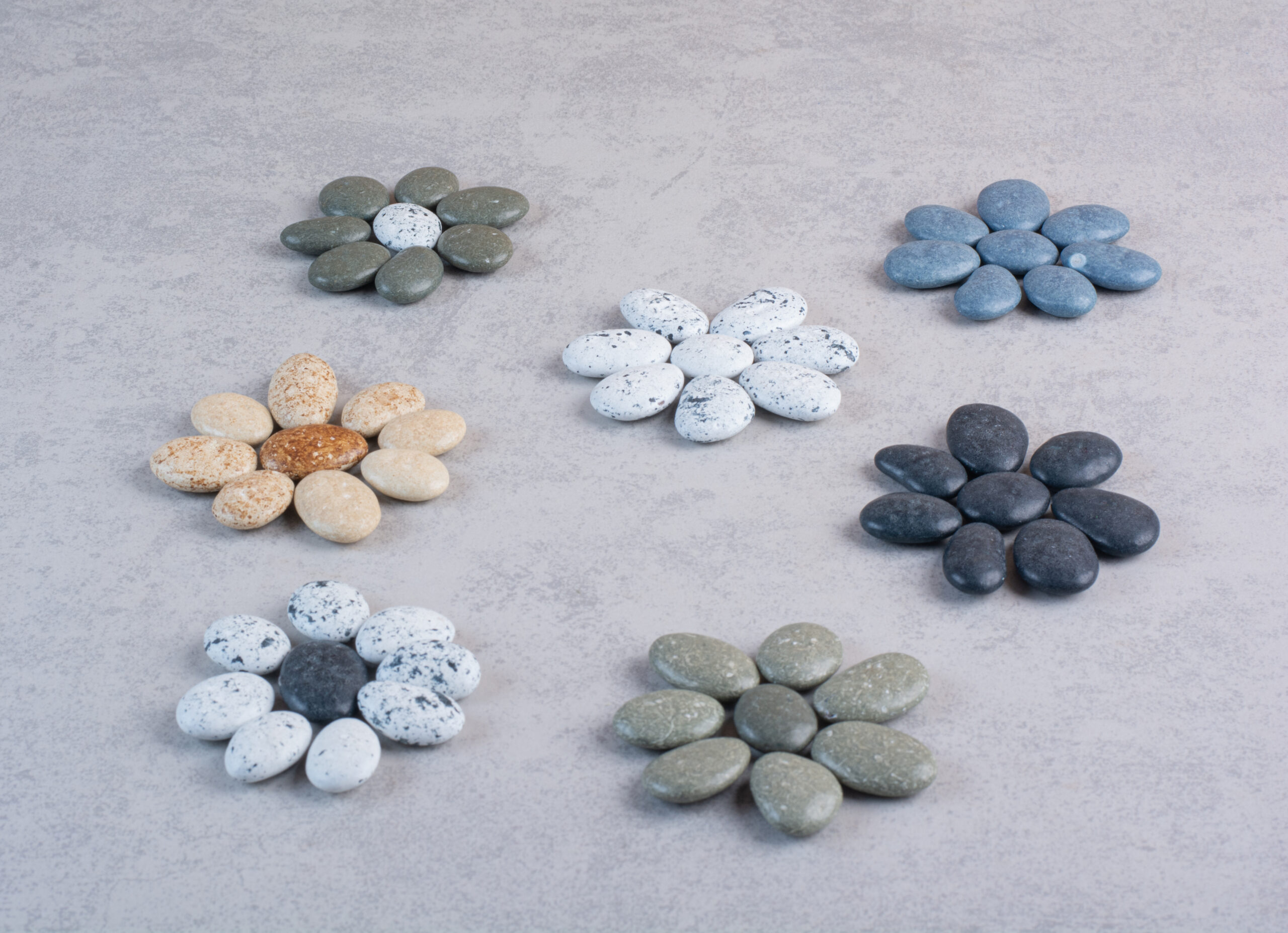
Decorative stone covers a wide range of colors and sizes. You can pick smooth stones, crushed granite, slate chips, or marble rocks. Use decorative stone as mulch, create mosaics, or set them as path borders. These rocks add pop and personality to any yard. They also slow down water run-off and keep roots cool.
Large Garden Rocks
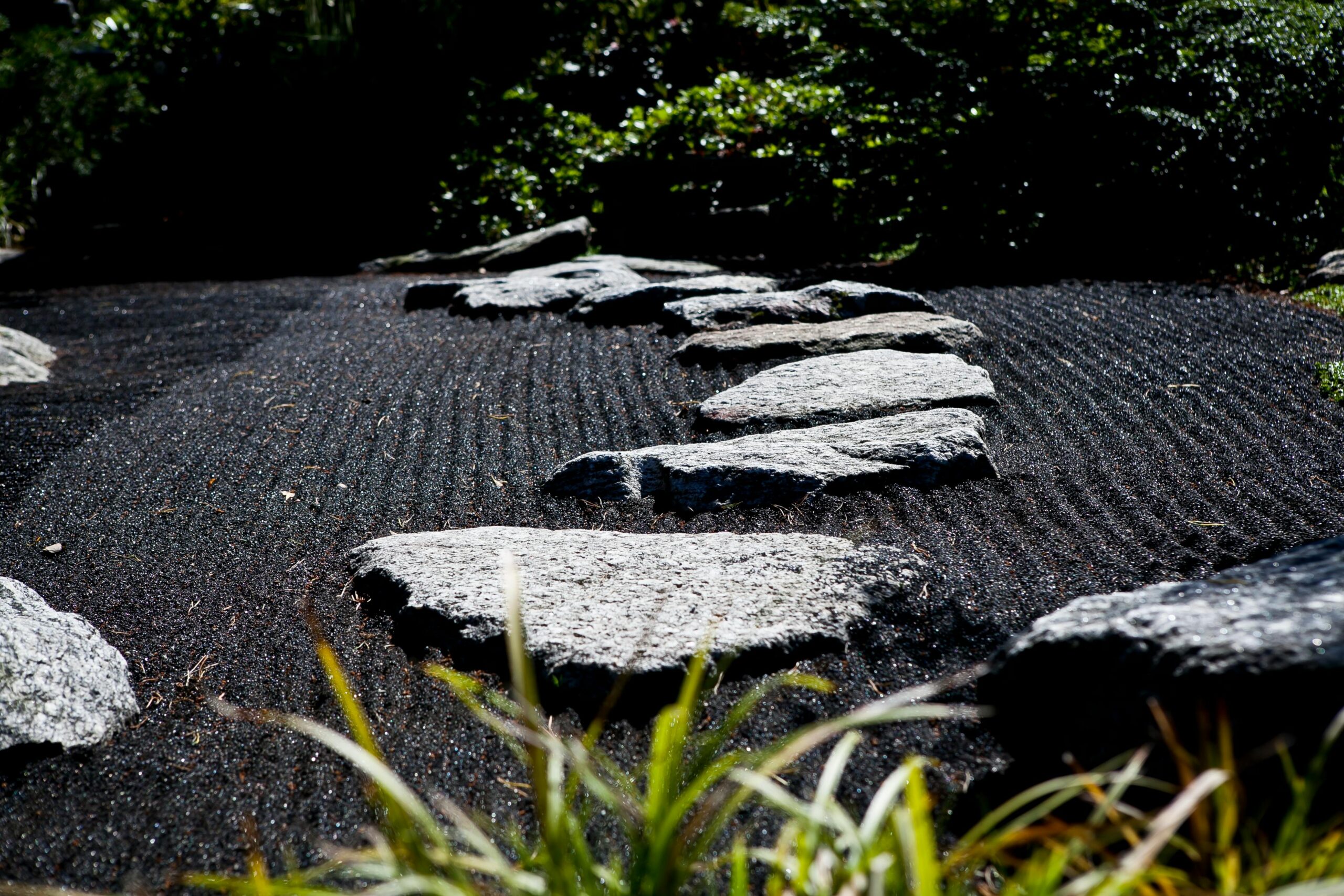
Large garden rocks work in open spaces. Set them in groups for a natural look. Place them to block unwanted foot traffic or create quiet zones for sitting. If you have kids, these rocks double as play spots or informal seats. They last for decades and rarely need attention.
Landscape Big Stones
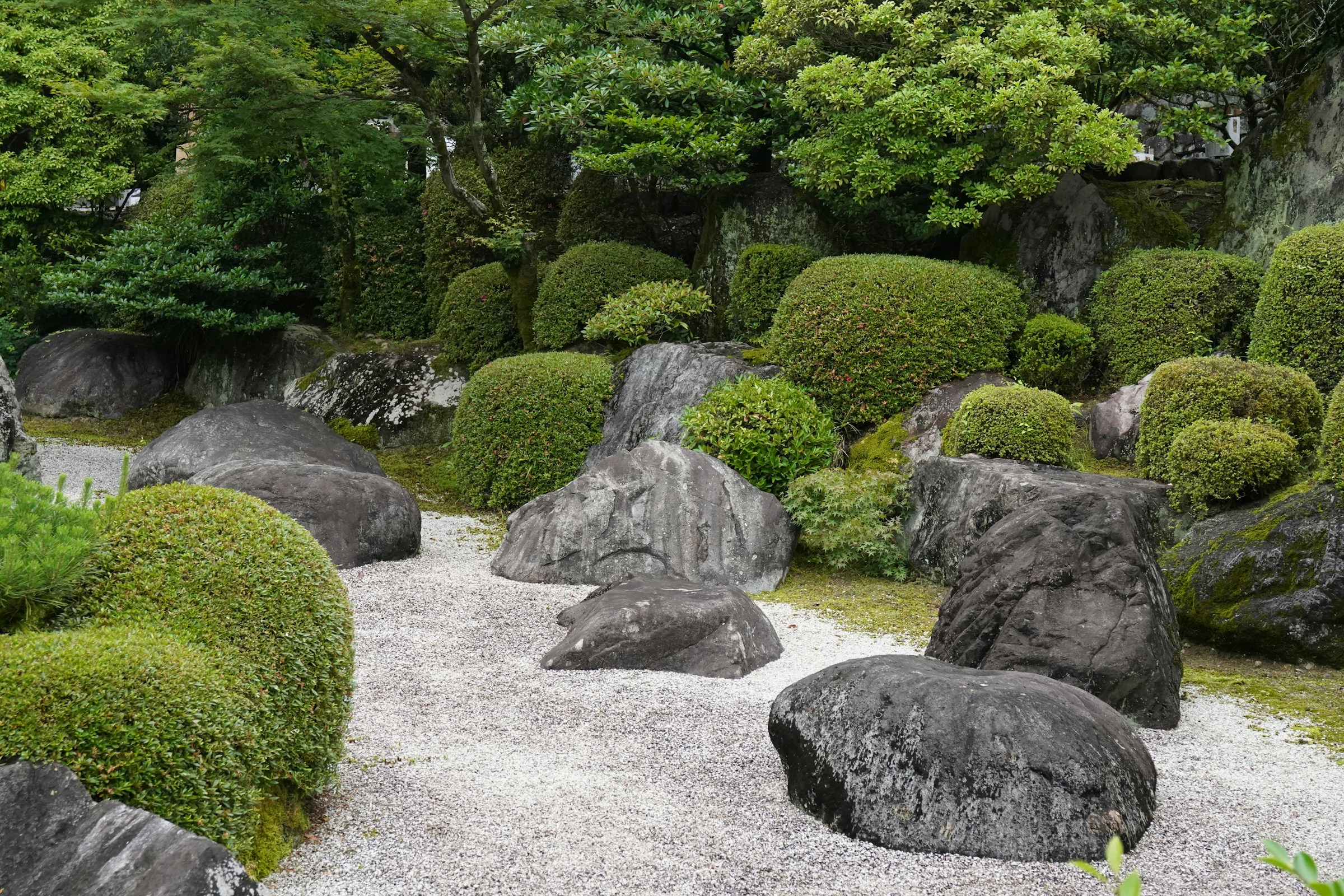
Landscape big stones offer strength and boldness. If your yard feels flat, use these stones to add vertical height. Stack them to control steep grades or terraces. If you search “large landscaping stones near me,” you’ll find many sizes to match your yard. Pick stones that work with your soil conditions and climate.
10 Essential Landscaping Stone Ideas
If you want quick inspiration, use these practical stone ideas to upgrade your yard:
1. Stone Walkways
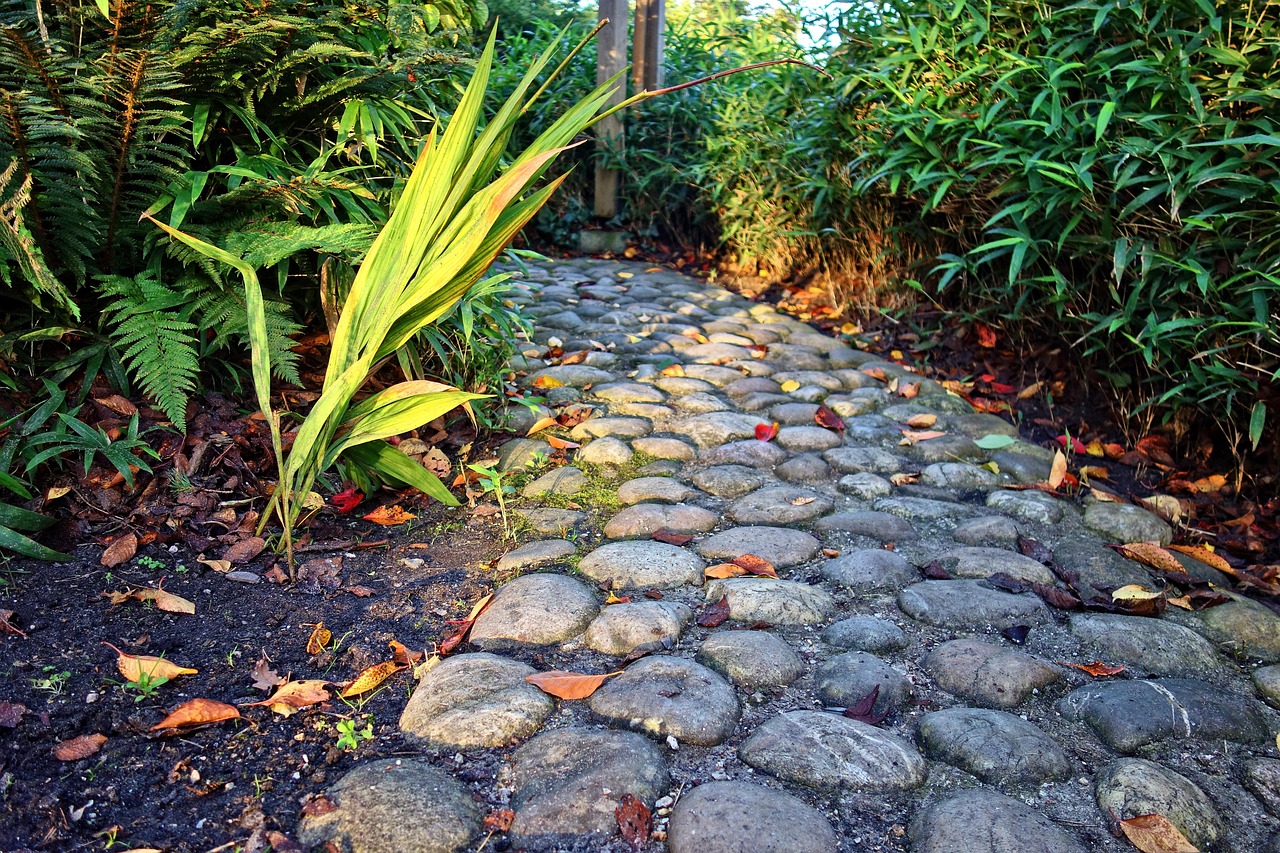
Use flagstones, slate, or stepping stones for durable, attractive walkways. Map out winding paths around flower beds, a vegetable patch, or leading to a garden bench.
2. River Rock Borders
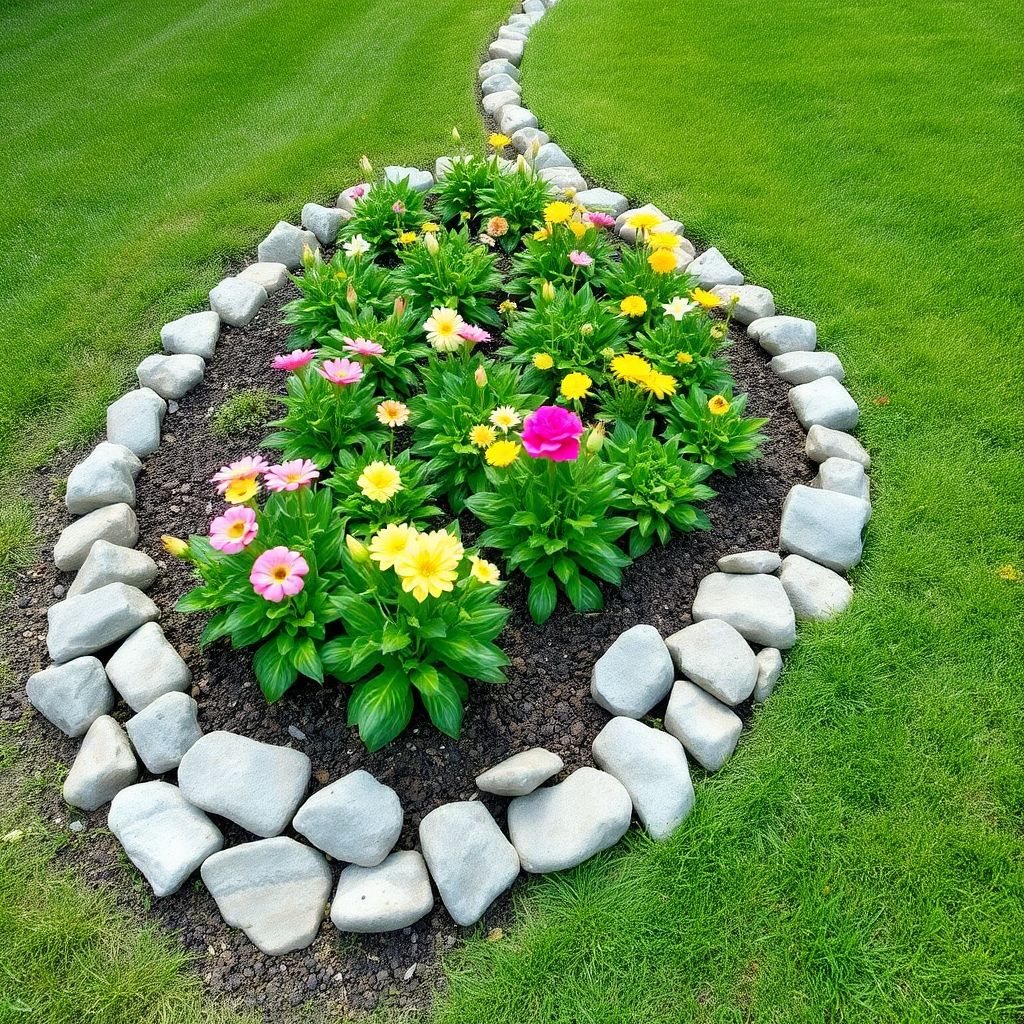
Line your garden beds, patios, or pathways with smooth river rocks for a clean, low-maintenance edge that keeps mulch and soil in place.
3. Garden Stone Mulch
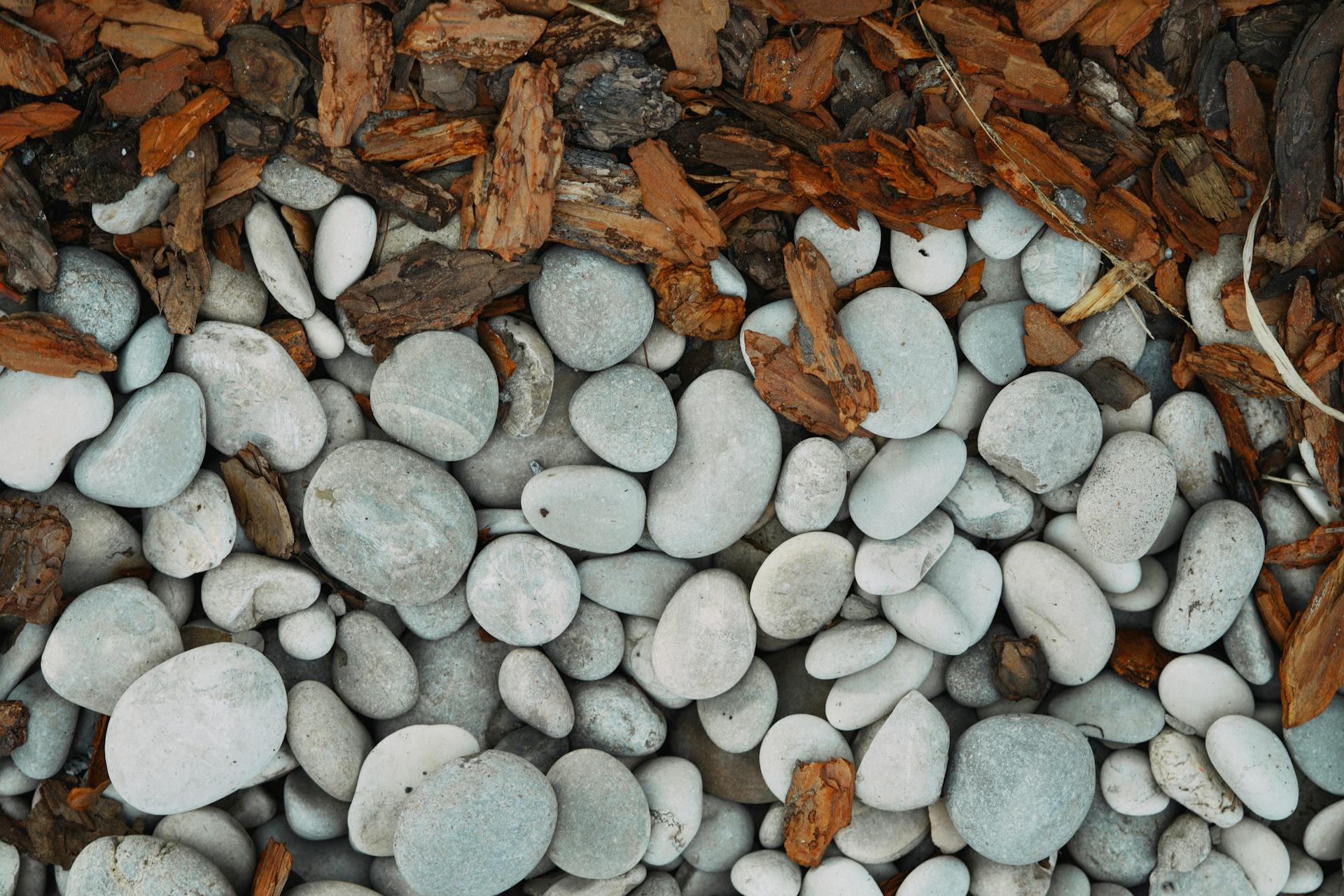
Replace regular mulch with decorative gravel or crushed stone. This helps suppress weeds, reduces watering needs, and adds a crisp, modern look to flower beds.
4. Large Boulders as Focal Points
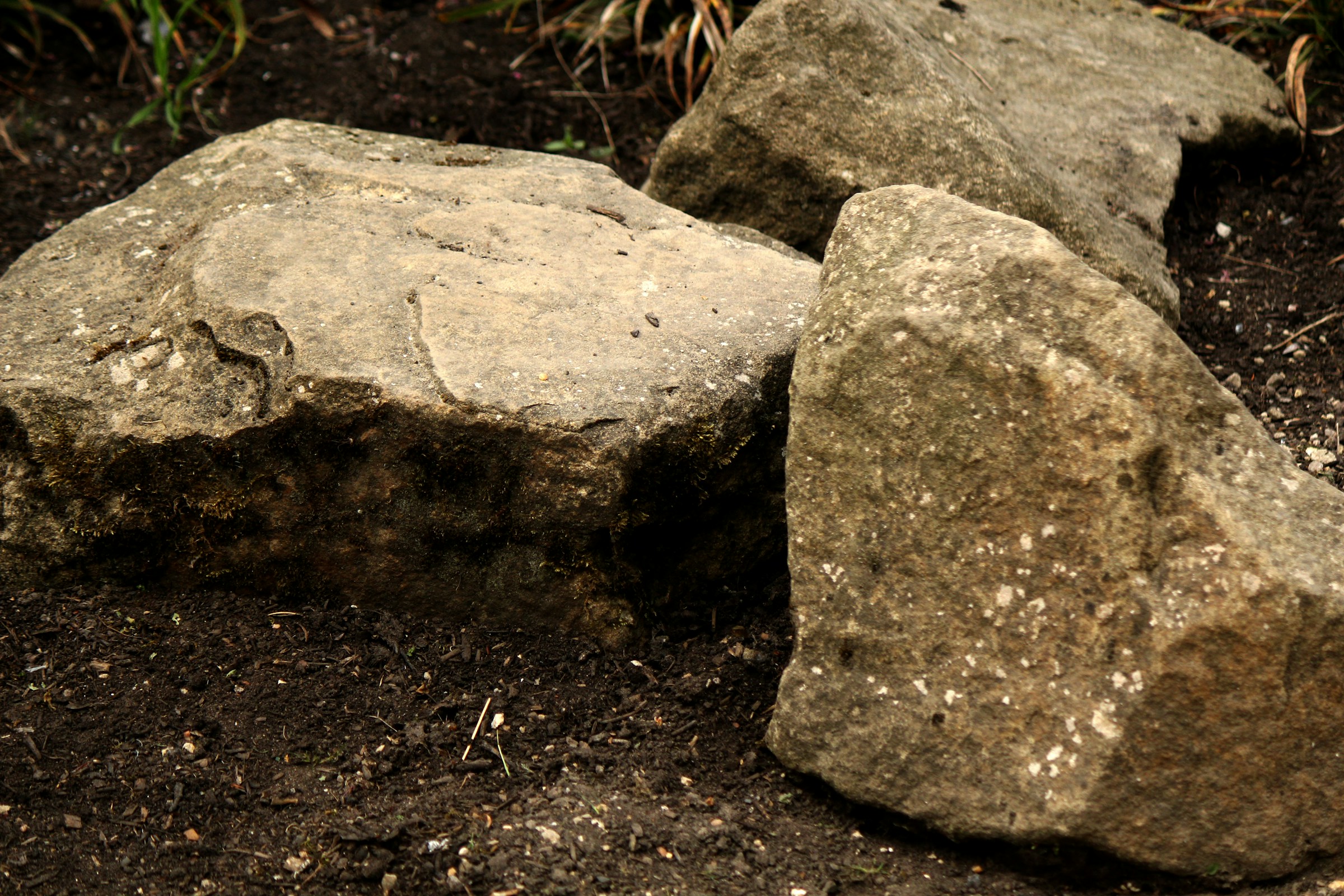
Place a large landscaping stone or a group of big rocks as a natural sculpture. These work well at entryways, in open lawns, or by water features for dramatic impact.
5. Rock Retaining Walls
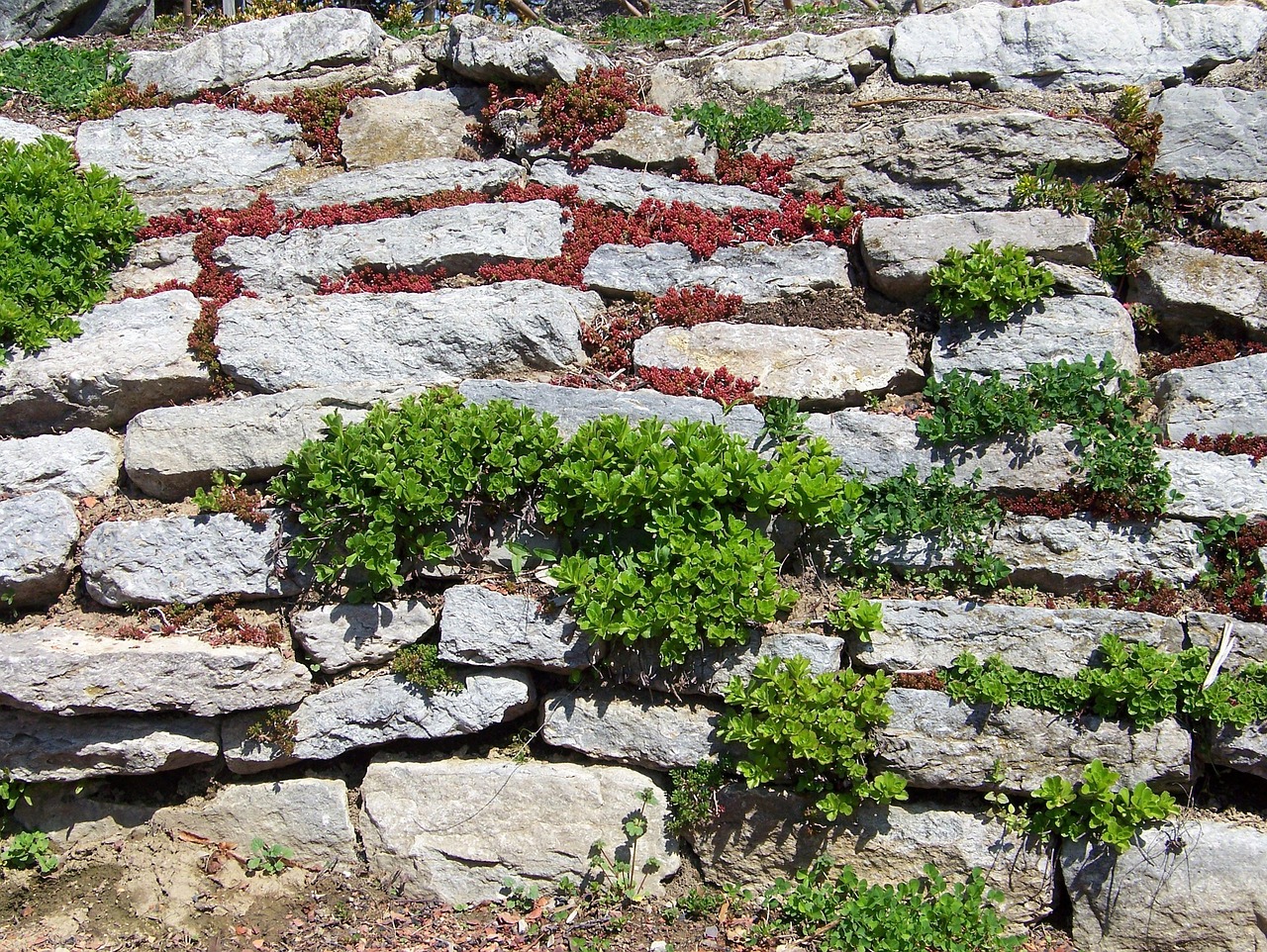
Stack granite, fieldstone, or landscape boulders to form natural retaining walls. Use them to terrace sloped yards and prevent soil erosion.
6. Pebble Mosaic Features
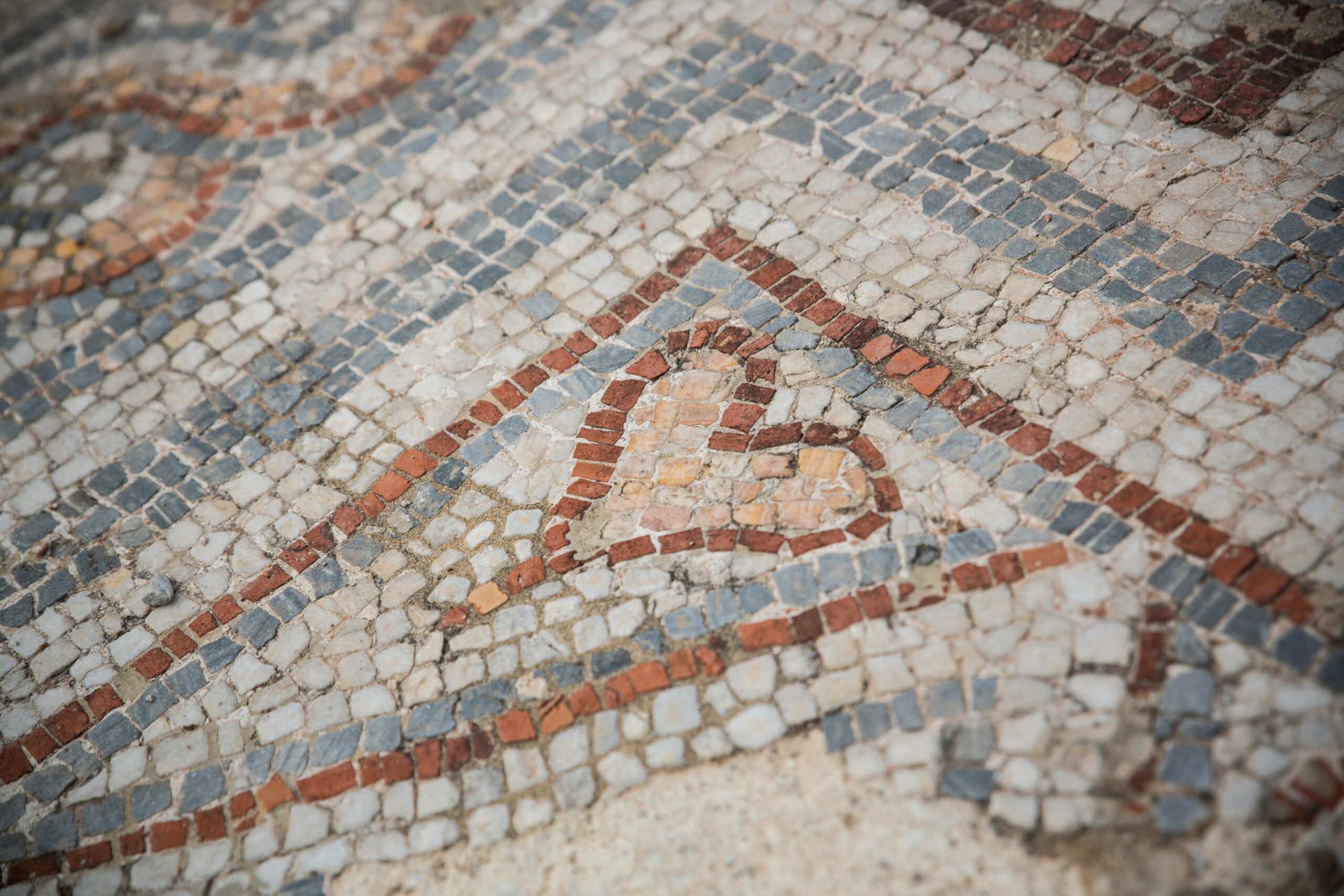
Design a patio, stepping stone, or courtyard with a mosaic of pebbles. This brings texture and an artistic touch to any space.
7. Stone Fire Pit Seating Areas
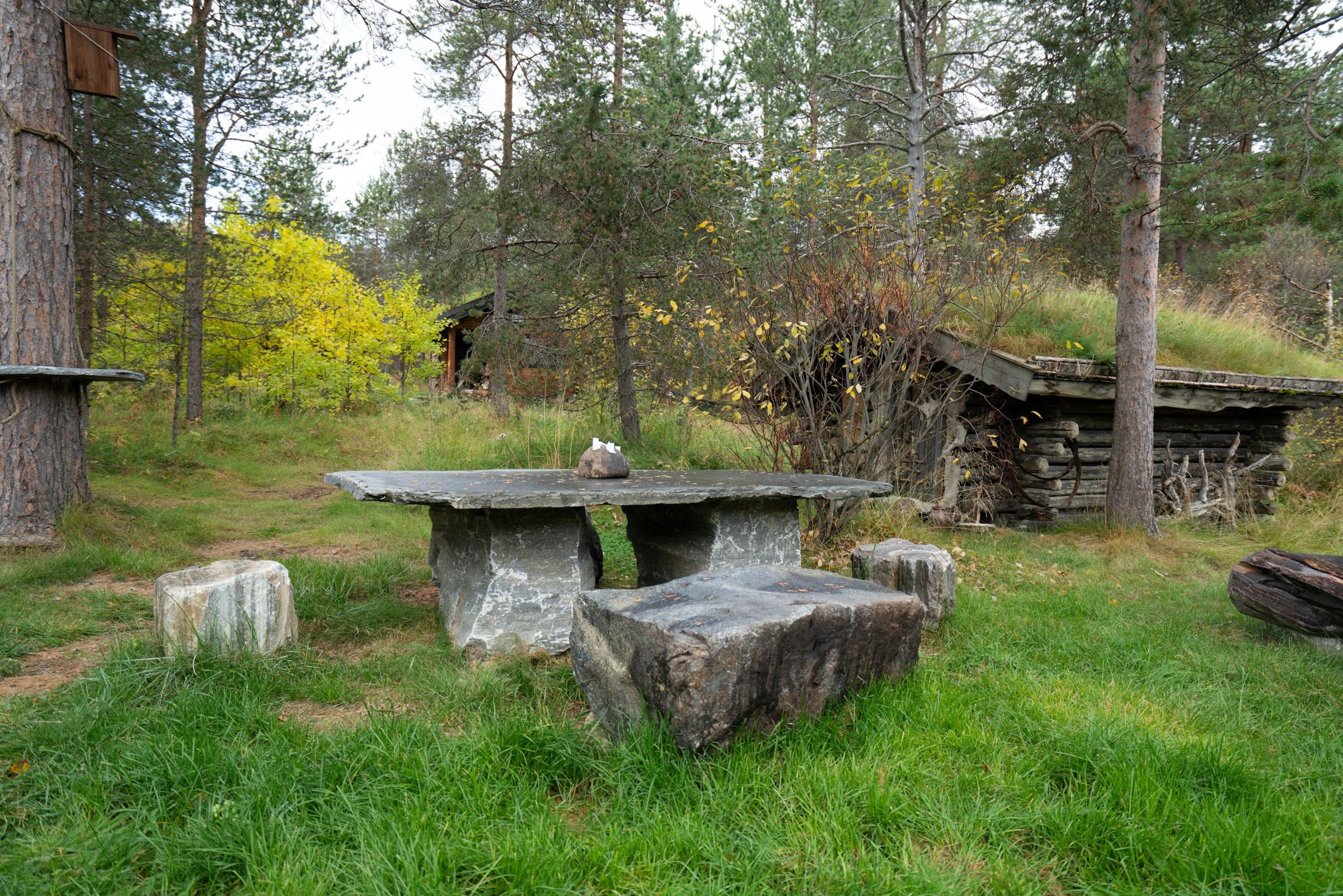
Use flat boulders or large garden rocks around your backyard fire pit. They provide natural, weatherproof seating and a rustic vibe.
8. Dry Creek Beds
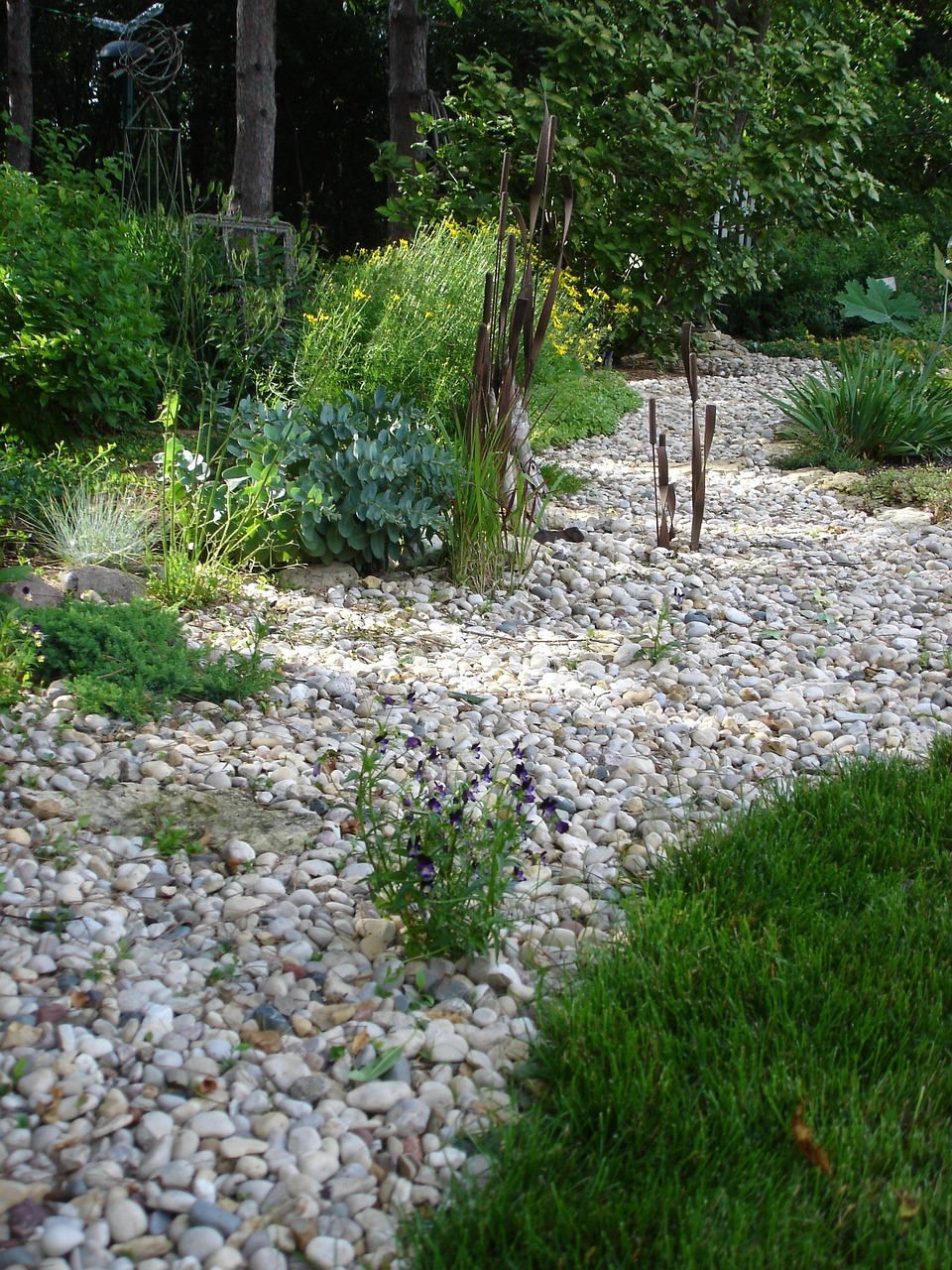
Carve a winding “creek” with river rocks and gravel. Run this through low spots to help with drainage and mimic a natural stream.
9. Rock Gardens
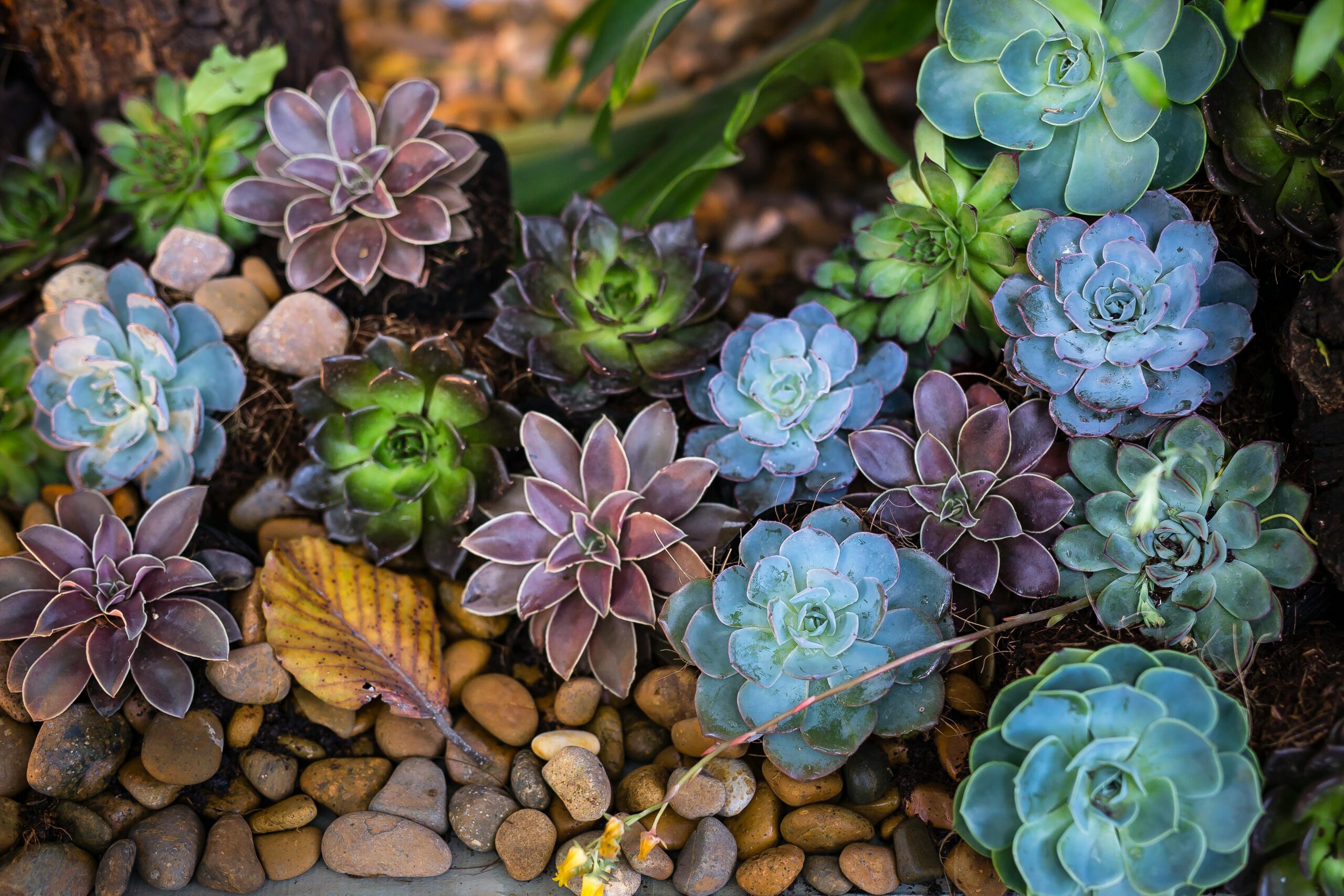
Plant a minimalist, low-water rock garden with gravel, succulents, and a mix of stone sizes for visual interest and easy care.
10. Stone Edging for Trees and Shrubs
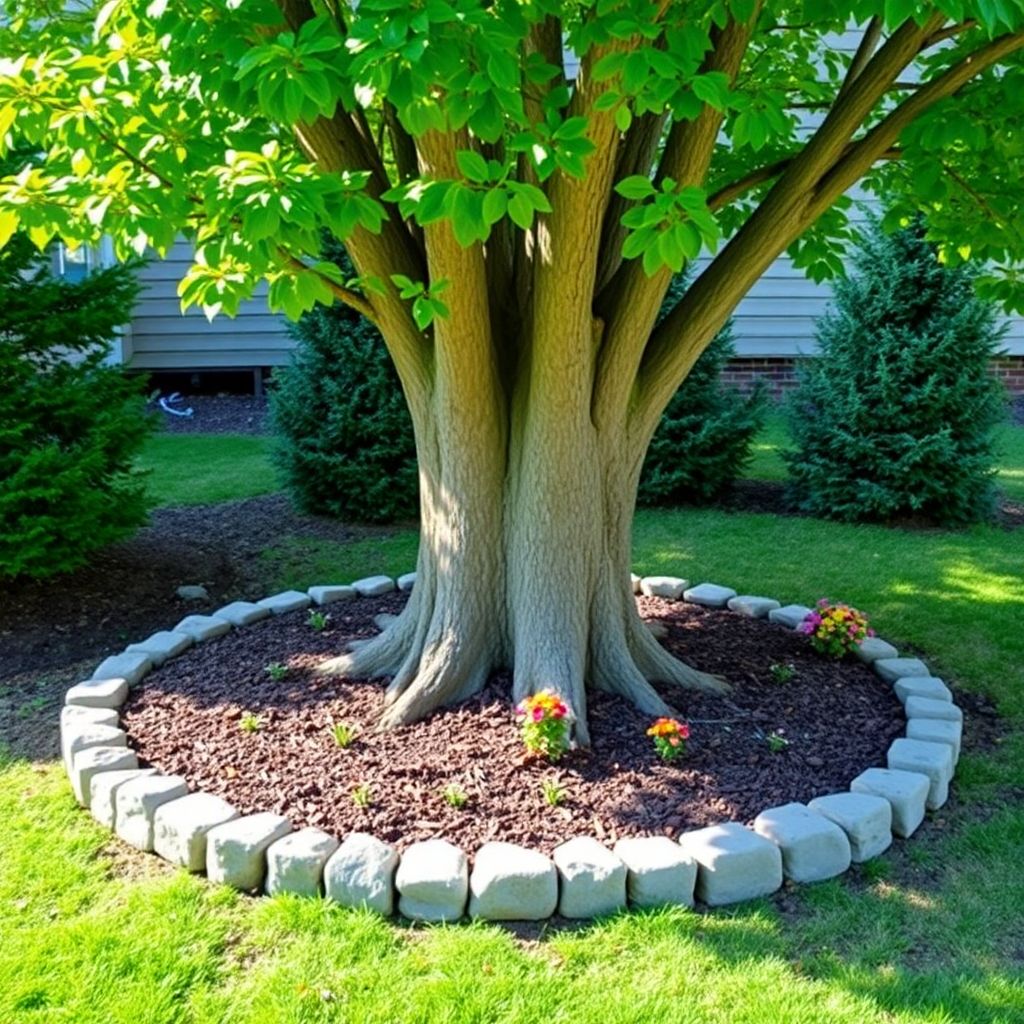
Circle mature trees or grouped shrubs with stone rings. This protects roots from lawn equipment, organizes space, and limits weed growth.
Sourcing Landscaping Stones
Where to Buy Stones for Landscaping

Check local stone yards first. They know your region and carry rocks that suit your climate. Use search terms like “rocks for landscaping near me” or “large landscape boulders for sale near me.” Visit in person if you can. You want to see color and shape up close.
Local Stone Yards
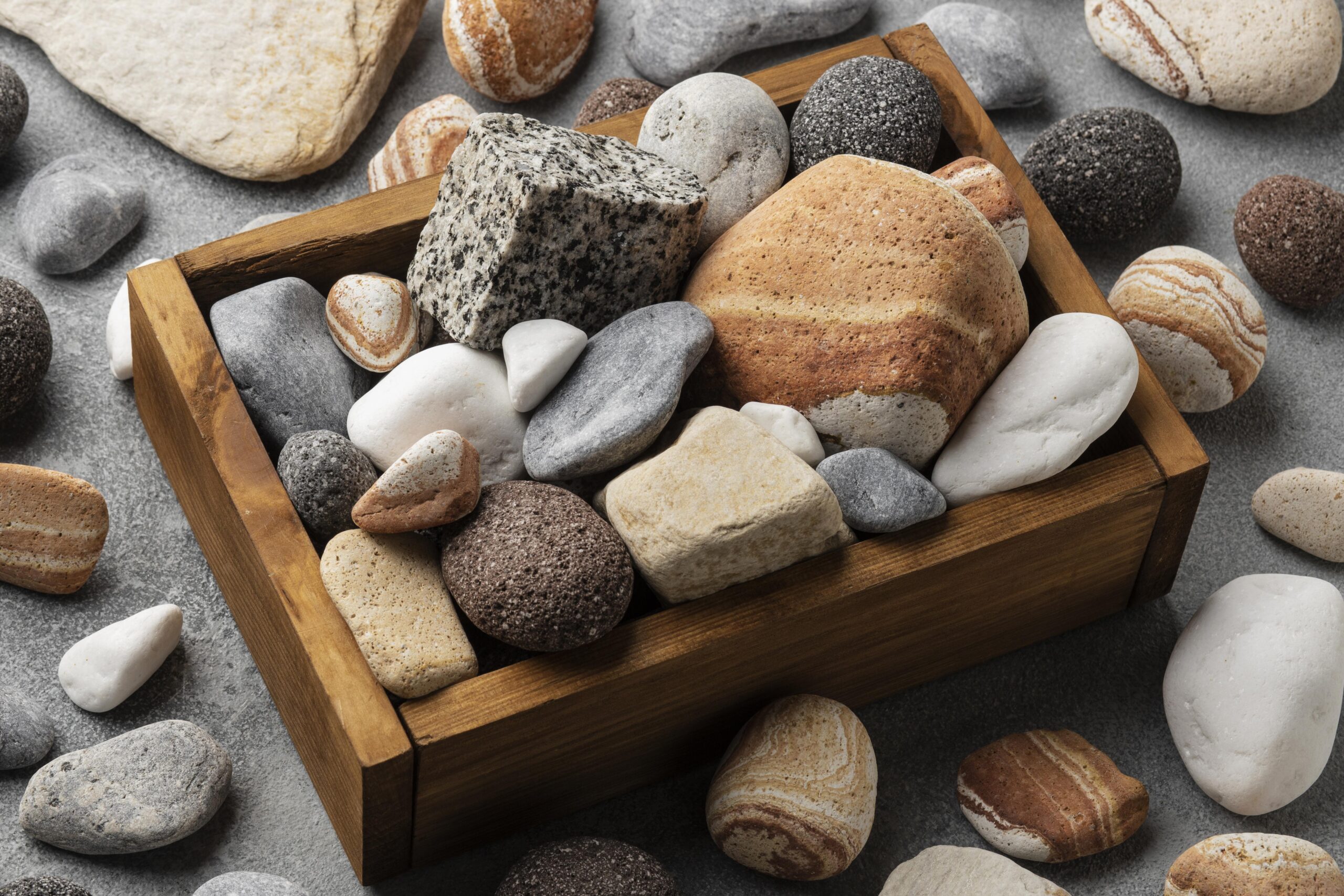
Local suppliers sell bulk stones and often stock a variety of types. You can buy by the ton or by the bag. Many offer advice on stone choice for your project. Ask if they have sample stones to take home and test.
Online Suppliers

Online stores ship a wide range of decorative stones, gravel, and boulders. If you want a certain look or rare color, check online. Compare shipping costs—they can be high for heavy rocks. Read reviews and check pictures. Ask about returns on damaged stone.
Rock Delivery Near Me
Many suppliers deliver stones to your home. Ask for a flat rate or per-mile charge. Make sure your driveway and yard can handle a drop-off truck. If you’re buying very large rocks or big stones, delivery is safer than hauling them yourself.
Cost Considerations
How Much Do Rocks Cost?
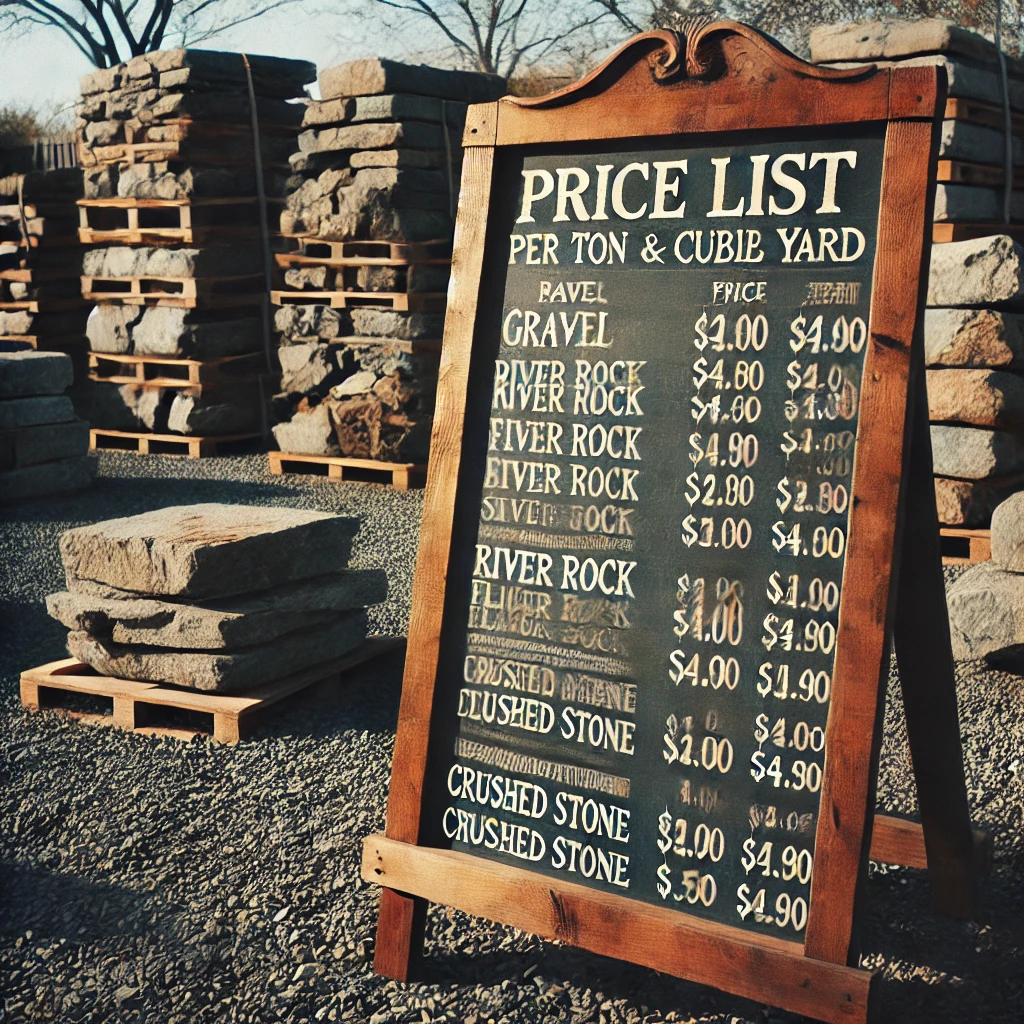
Prices range widely. Pea gravel and crushed stone are cheapest. Decorative stone and big landscape boulders cost more. Buying in bulk usually saves money. Ask for prices per ton or cubic yard for large projects.
Factors Affecting Landscape Rock Pricing
Stone size matters. Large rocks for landscaping cost more to mine, move, and deliver. Rare colors or imported stone raise the price. Delivery distance affects cost. Local stone is often cheaper than rare imported garden rocks. Buying off-season (late fall or winter) may save a little, but popular stones go fast in spring.
Creative Uses of Landscaping Stones
Designing Pathways
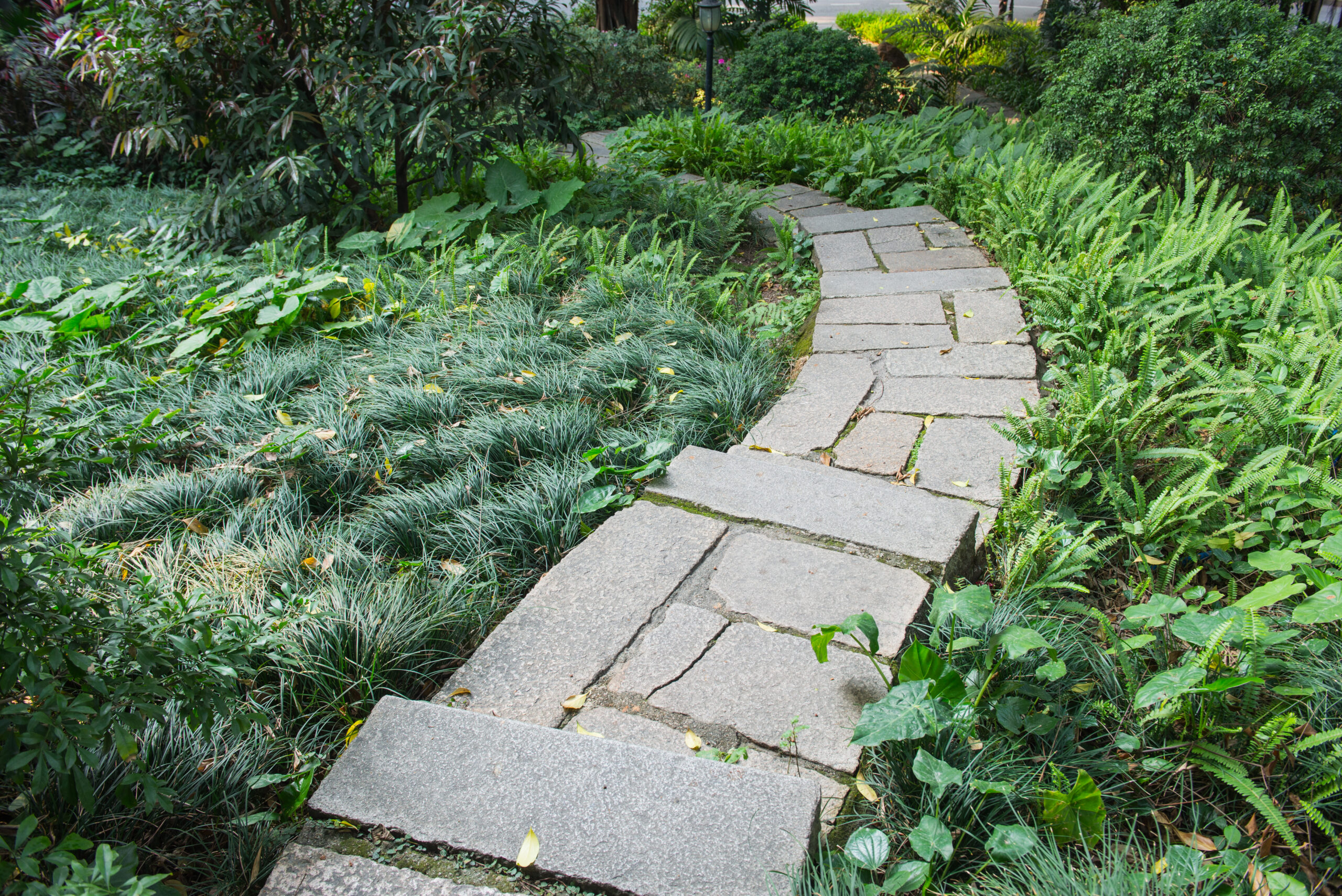
Stones make sturdy walking paths. Lay flat stones over sand or gravel. Use crushed rock to fill gaps for grip. River rocks by the side add a tidy edge.
Building Retaining Walls
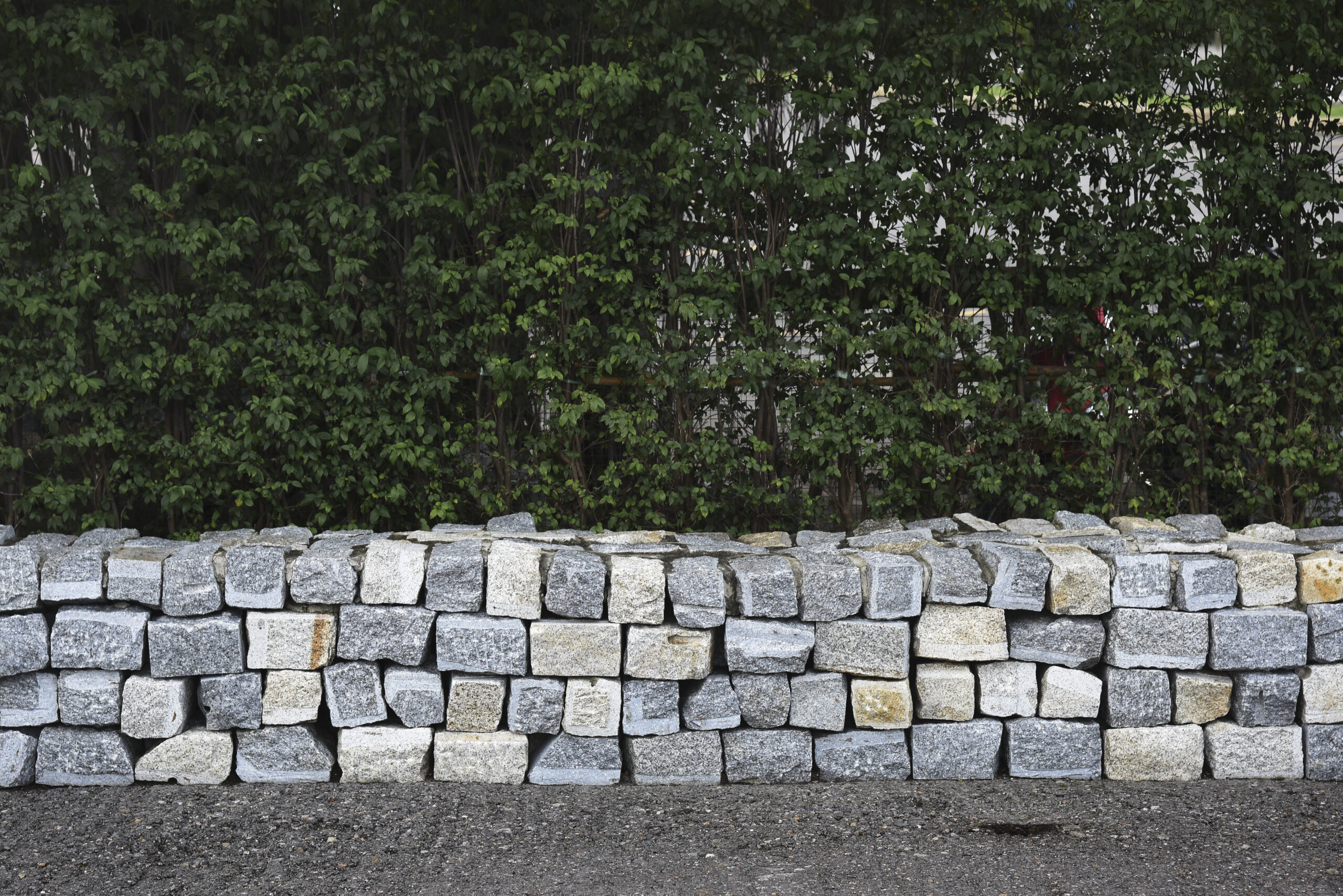
Stack large rocks for structure. Use them on hills or to edge flower beds. Retaining walls made with landscape big stones add visual strength and stop erosion. Place stones with their flatter side facing out for safety and balance.
Enhancing Water Features
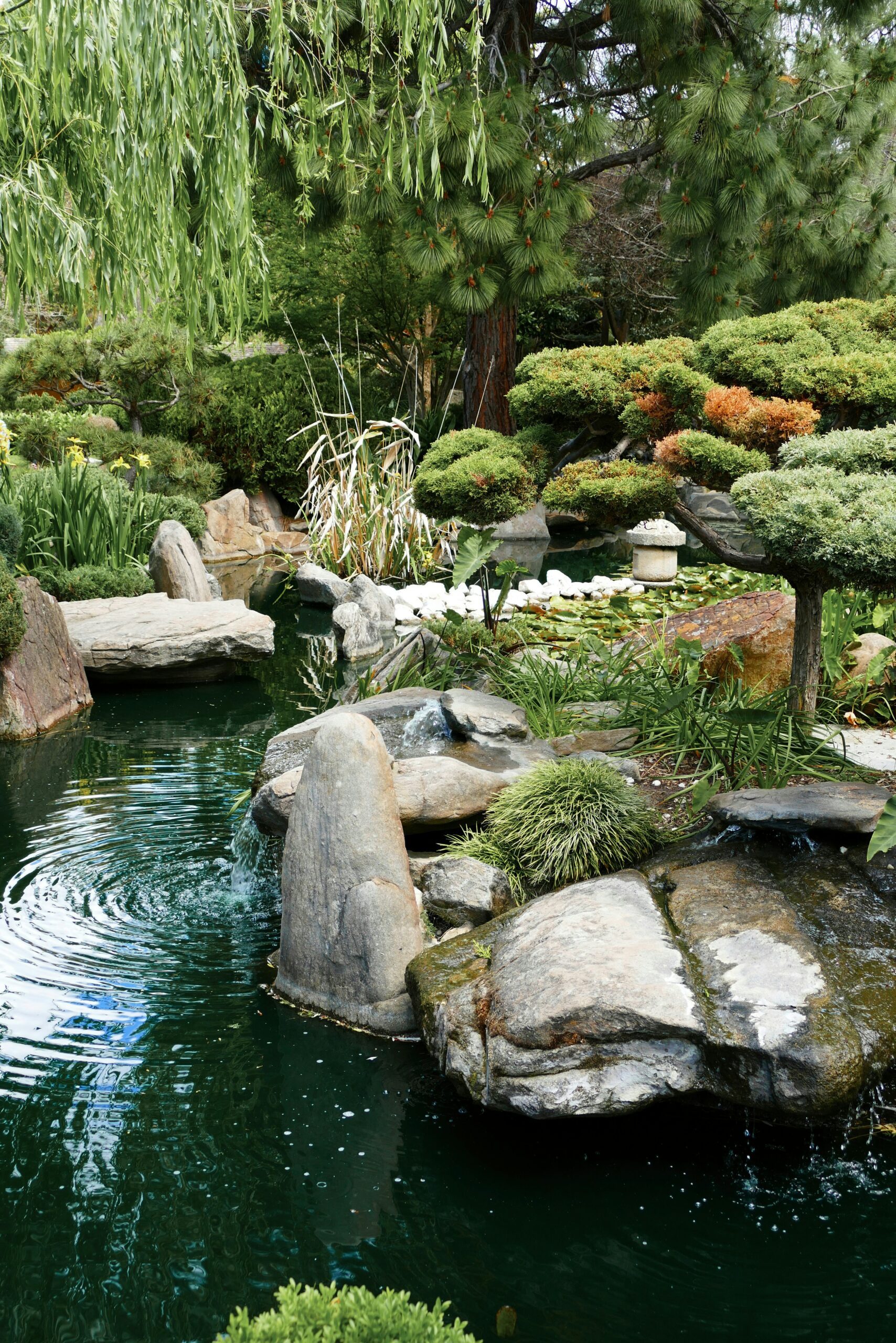
Surround pools, ponds, or backyard streams with river rocks. This keeps edges clean and water clear. Place stones to create small waterfalls or gentle slopes. The sound of water over stones calms and attracts birds. Stones stabilize the soil near water and reduce run-off.
Preventing Future Landscaping Issues
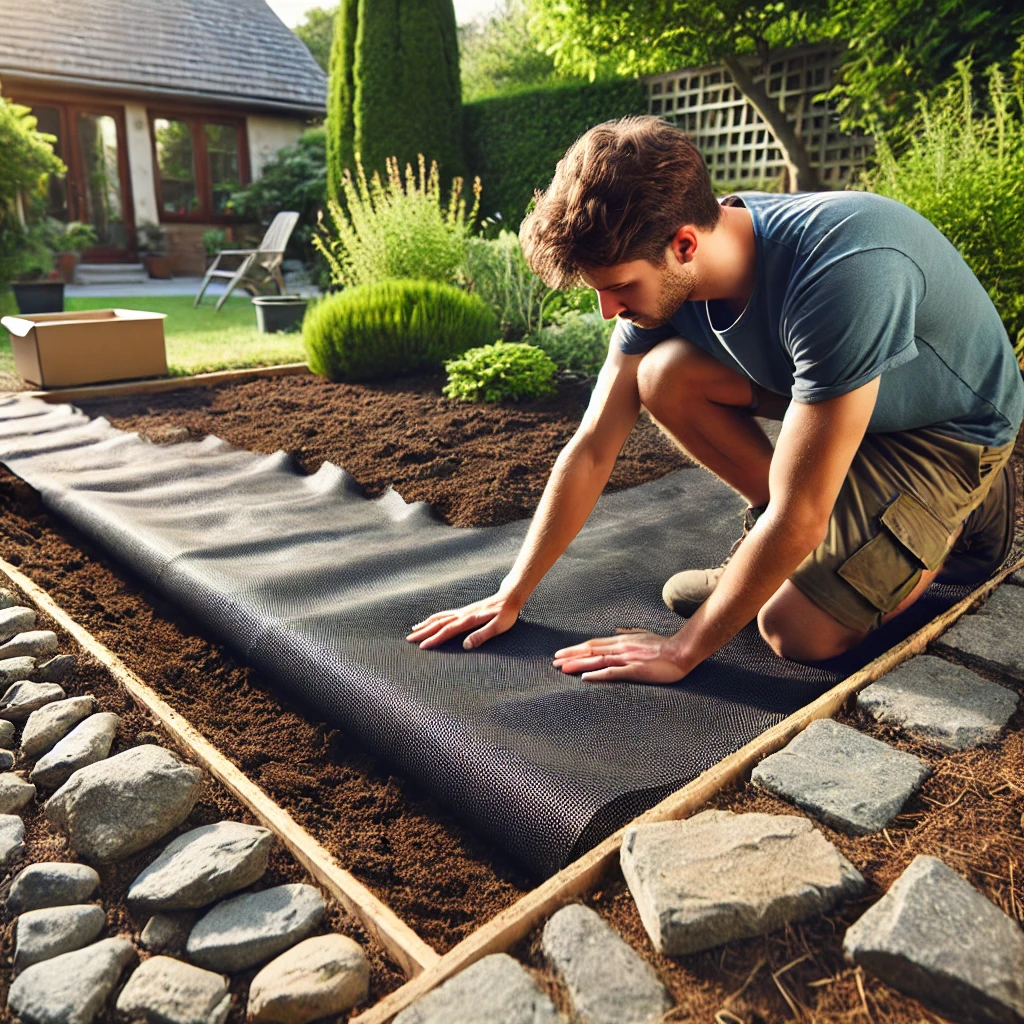
Think ahead. Map out your plan before buying. Test styles with small sections of stone. Use weed barrier fabric under rocks to keep out unwanted growth. Check stone placement after heavy storms or winds. Top up gaps and remove debris to keep your stone features looking sharp.
Ask your stone supplier about drainage and soil under large rocks. Good drainage keeps stones from sinking or shifting. Secure big rocks for landscaping, especially if kids or pets play nearby. Clear away leaves and twigs—this makes weeding easier and prevents slippery mold.
Conclusion
Landscaping stones make a yard more usable and beautiful. They last, need little attention, and work with nearly any style. When you choose the right garden stone or big rocks for landscaping, you fix old issues and prevent new ones.
Take your time. Visit local stone yards. Measure your space. Think about weather, traffic, and the work you want to avoid in the future. Stones keep their color, hold the soil, and make every garden easier to love.
If you found these tips helpful, save this article on Pinterest or send it to a friend. Enjoy your new landscape!

